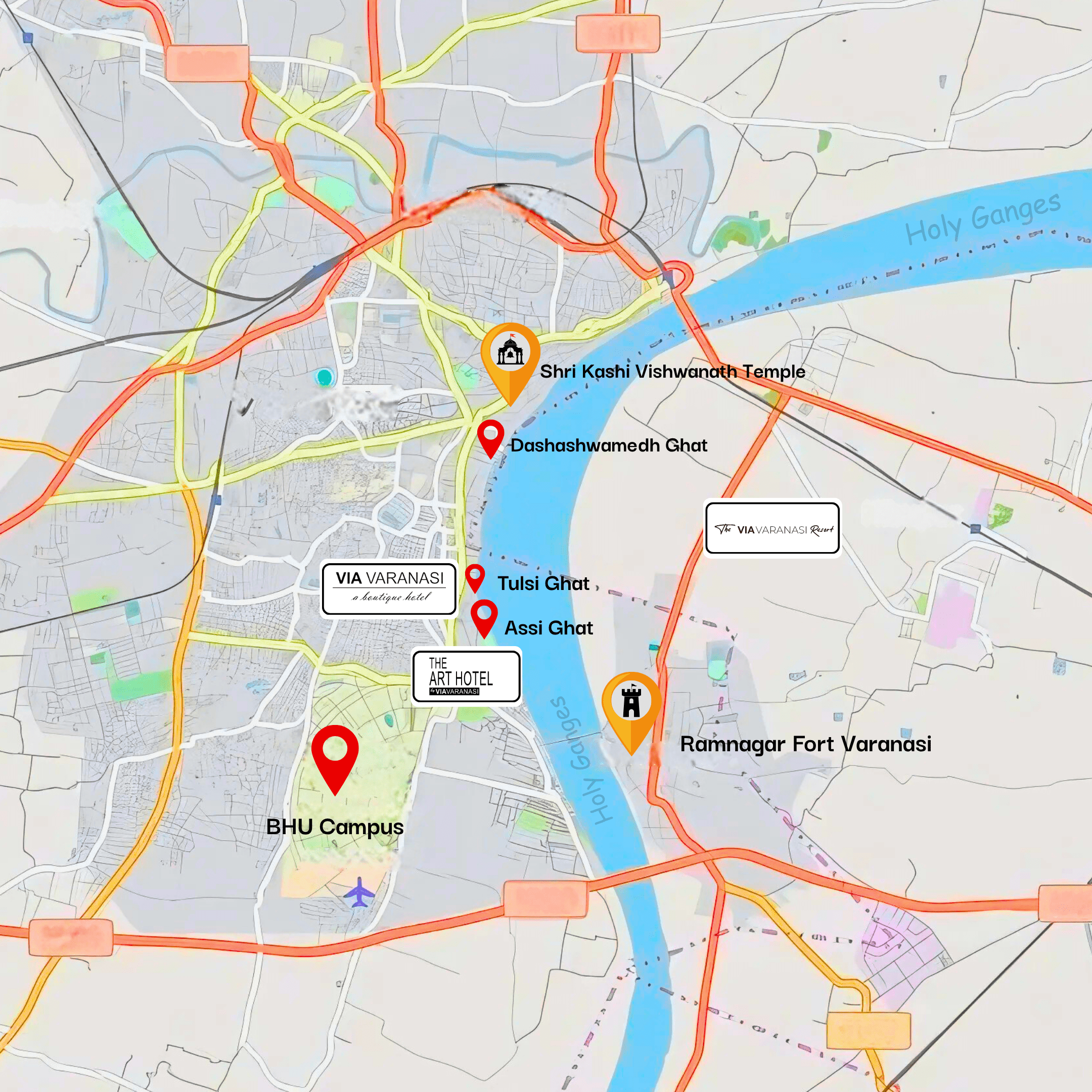Honey combing banaras one step at a time...
About Us
VIAVARANASI is a whimsical hospitality team honey-combing banaras one step at a time . Google simply translates us as "by way of Varanasi" or "through Varanasi" and thats exactly how we approach all our services , the idea is to offer humanised experiences to like - minded guests from all over the globe.
Book Now






